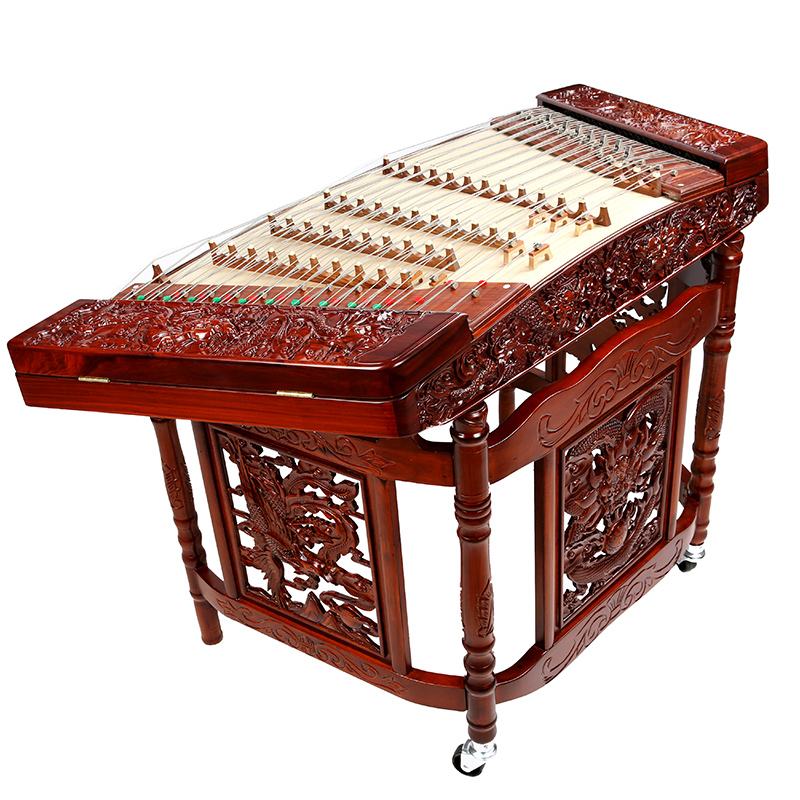dulcimer overview
 Yangqin (Pinyin: YangQin) was introduced from Persia at the end of the Ming Dynasty. It was originally used as an accompaniment for folk art and formed a variety of genres. After nearly 400 years of circulation and evolution in my country, dulcimer has traditional Chinese characteristics and national styles in musical instrument production, performance art or music creation, and combined with local folk music, it has formed a number of outstanding A genre with local and musical characteristics.
Yangqin (Pinyin: YangQin) was introduced from Persia at the end of the Ming Dynasty. It was originally used as an accompaniment for folk art and formed a variety of genres. After nearly 400 years of circulation and evolution in my country, dulcimer has traditional Chinese characteristics and national styles in musical instrument production, performance art or music creation, and combined with local folk music, it has formed a number of outstanding A genre with local and musical characteristics.The dulcimer is composed of a resonance box, a mountain pass, a peg, a peg, a horse, a string, and a bamboo. It is made of sycamore wood or fish scale pine with straight and uniform grain. It is the soundboard of the sound and plays an important role in the volume and tone of the dulcimer.
Famous dulcimer songs include "Happy Farmer", "Wasp" and "Song of the Seashore".
From the 1920s to the 1940s, the solo art of dulcimer began to be pioneered. Among them, the four major schools with high development level and great influence were Guangdong music dulcimer, Jiangnan Sizhu dulcimer, Sichuan dulcimer and Northeast dulcimer.
Among the national musical instruments, the dulcimer is a delicate and fragile musical instrument, which cannot withstand falling and bumping, so the maintenance of the dulcimer is very important. Tuning before use, and dustproof after use; usually pay attention to keep the piano clean, pay attention to bumps when loading and unloading (transportation), pay attention to sun protection, rainproof, moistureproof, dustproof; you can oil the strings ( Vaseline or white oil), and tune regularly; if you don’t use it for a long time, loosen all the strings and put them in the piano case, pay attention to sun protection, rain protection, and moisture protection.
- origin time:China Ming Dynasty
- timbre:granulare
- type:stringed instrument
- origin:China
- Chinese name:扬琴[yáng qín]
- alias:Yang Qin、Da Qin、Bian Fu Qin、Hu Die Qin
- famous song:happy farmer, wasp, seashore song
- Applied discipline:music performance
- foreign name:dulcimer (English), dulcimero (Italian)
- Applicable fields:Solo, folk music
overview of other similar instruments
- sanyanxiao overview
- Daguangxian overview
- Leiqin overview
- hahao overview
- yandundagu overview
- Han Xiaozheng overview
- Fang Xiang overview
- guanzi overview
- zhuqin (Dao Qin) overview
- zhuiqin overview
- bangzi overview
- three-stringed piano overview
- Gehu overview
- xiao overview
- xiaokonghou overview
- Konghou overview
- Sheng overview
- suona overview
- hulusi overview
- gushao overview
 渝公网安备 50010702504639号
渝公网安备 50010702504639号